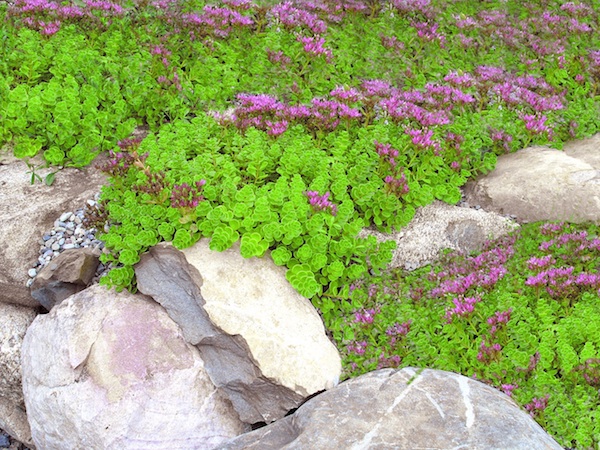By next April, garden centers, online retailers, landscape professionals, nurseries and neighbors will no longer be able to sell, propagate or share winter creeper in Indiana. Winter creeper is probably the most popular landscape plant on a list of 44 plants that will be banned in Indiana next year. Gov. Eric Holcomb recently signed the list into law. These join dozens of already banned plants, such as purple loosestrife in Indiana.
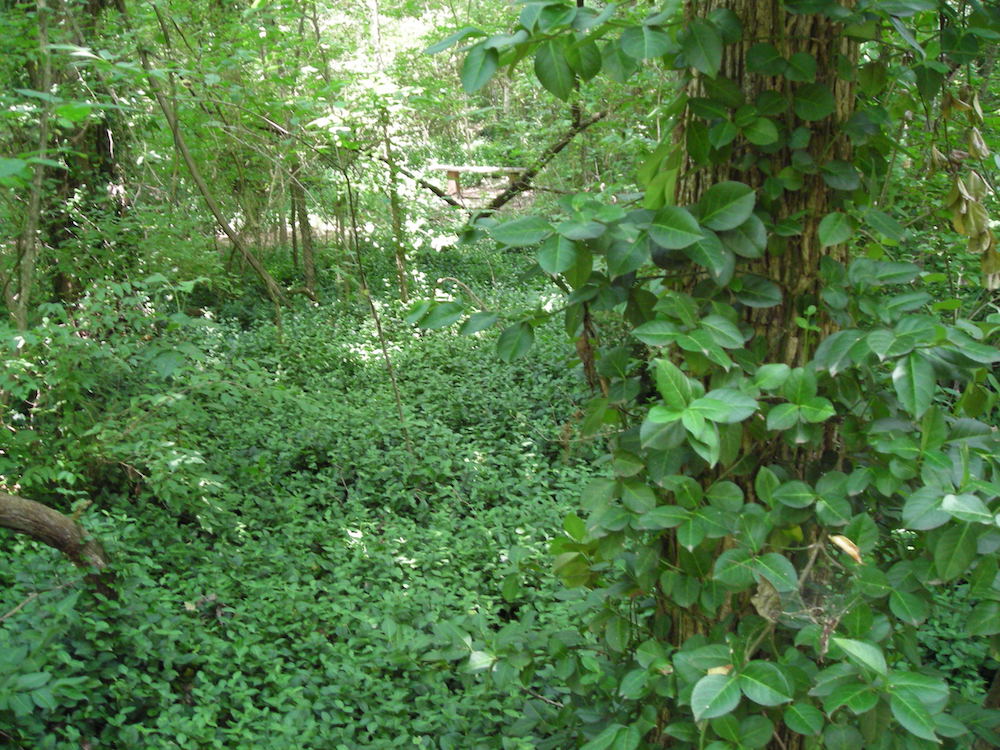
Winter creeper (Euonymus fortunei) has been used as a ground cover for decades. It does the job well, covering the ground with shiny green leaves that tend to turn purple in winter, giving it the additional name of purple winter creeper.
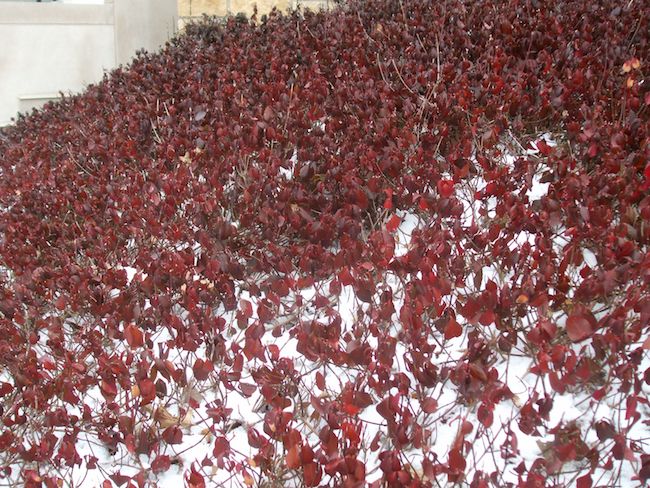
Winter creeper does such a good job of covering the ground that it has escaped our landscapes and spread to natural areas. This trailing ground cover clogs pathways and tangles the understory in woodlands, parks and other natural areas. Not only does winter creeper grow along the ground, it also climbs trees, causing decline and eventually smothering the crowns, causing death.
What to do with winter creeper ground cover
Consider removing winter creeper from your landscape. It is a difficult, time-consuming task that usually takes more than a one-time effort.
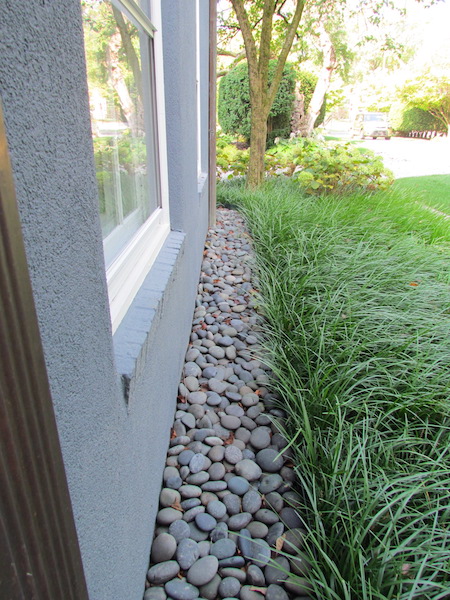
Once the winter creeper is removed, decide how you want to use that freed-up space. It could be replanted with shrubs, small trees or perennials. Or turned into a vegetable garden. Or butterfly garden. It could be sodded or seeded for lawn. Or it can be replanted with a different ground cover and dozens of spring bulbs for an easy-care scene. For guidance, consult a Holeman professional.
Shade-tolerant ground covers
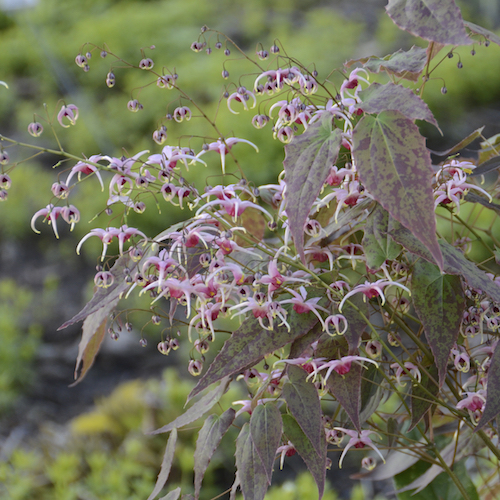
Fortunately, there are many ground covers that will work as well or better that winter creeper. Here are five to consider:
- Barrenwort (Epimedium spp.) is a good three to four season ground cover with delicate fairy-like flowers and leaves with various patterns and colors. The leaves have beautiful fall color. This ground cover thrives in part sun to shade. It tolerates dry shade, but flourishes in better growing conditions.
- Lilyturf (Liriope spp.), an almost evergreen plant, sports blue flower stalks amid green, grass-like leaves in late summer. As the flowers fade, black berries appear on the stalks, adding another season of interest. There are two types of lilyturf, a clump grower and a spreader. The latter is a particularly good ground cover. There’s also a green and white variety. Lilyturf tolerates shade to part sun.
- Three-leaved sedum (S. ternatum) is our only native sedum. This sedum is shade-loving, which makes it different than many other sedums used as ground covers. Sometimes called whorled sedum, it has white, star-like flowers in mid-Spring. When the flowers fade, rounded, green, fleshy leaves remain well into fall.
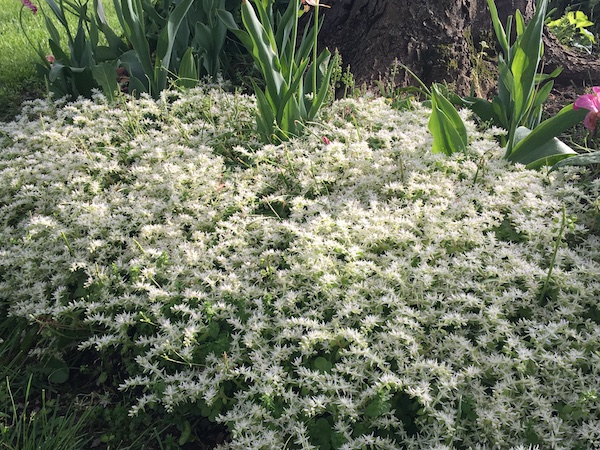
Sun-loving ground covers
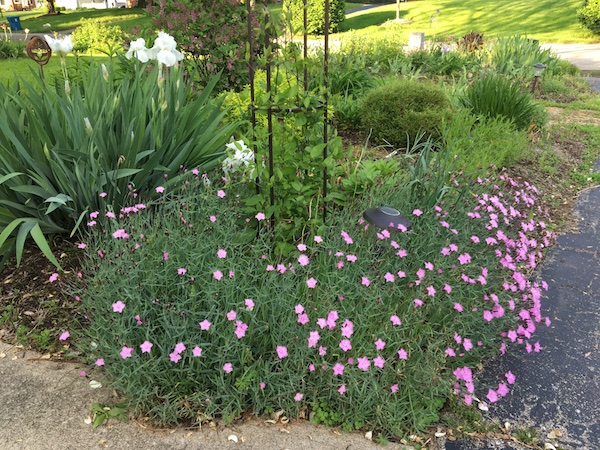
- Bath’s pink dianthus practically grows on concrete, making it perfect for a hot, dry, full sun area. Fragrant pink flowers bloom above striking blue-green leaves in mid-Spring. The leaves remain throughout the year, even in winter.
- Low-growing sedums, such as ‘John Creech’. This sedum has pink flowers in late summer. The green leaves turn red in fall. ‘John Creech’ does fine in full to part sun. There are several other ground cover sedums to consider.
